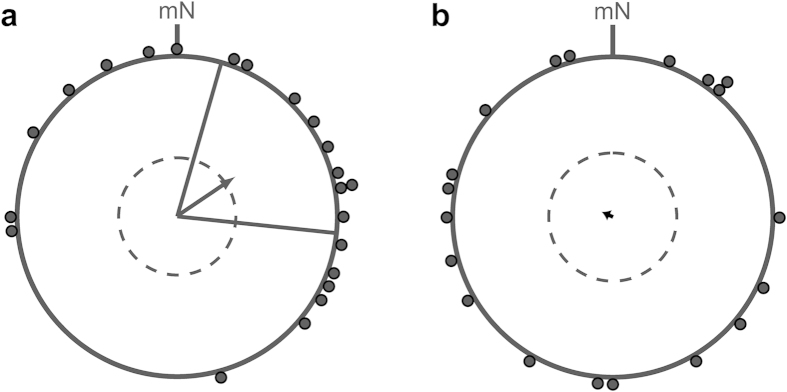Figure 2. Pooled spring orientation data (seasons 2011, 2012 and 2014) of birds tested in the normal magnetic field without access to visual cues.

The experimental birds (a) which had been exposed to natural celestial cues from February onwards, oriented significantly in their species-specific north-easterly spring migratory direction (mean = 56° ± 40°, r = 0.43, n = 22, P = 0.017) whereas the control birds (b) which remained indoors throughout, did not show a directed orientation response (mean = 294°, r = 0.08, n = 19, P = 0.895). The arrows represent the group mean orientation directions relative to magnetic North (mN) and the black dots represent the mean orientation directions of individual birds. The dotted circles indicate the mean vector length required for 5% significance according to the Rayleigh test and the solid lines in a indicate the 95% confidence intervals of the group mean orientation vector.
